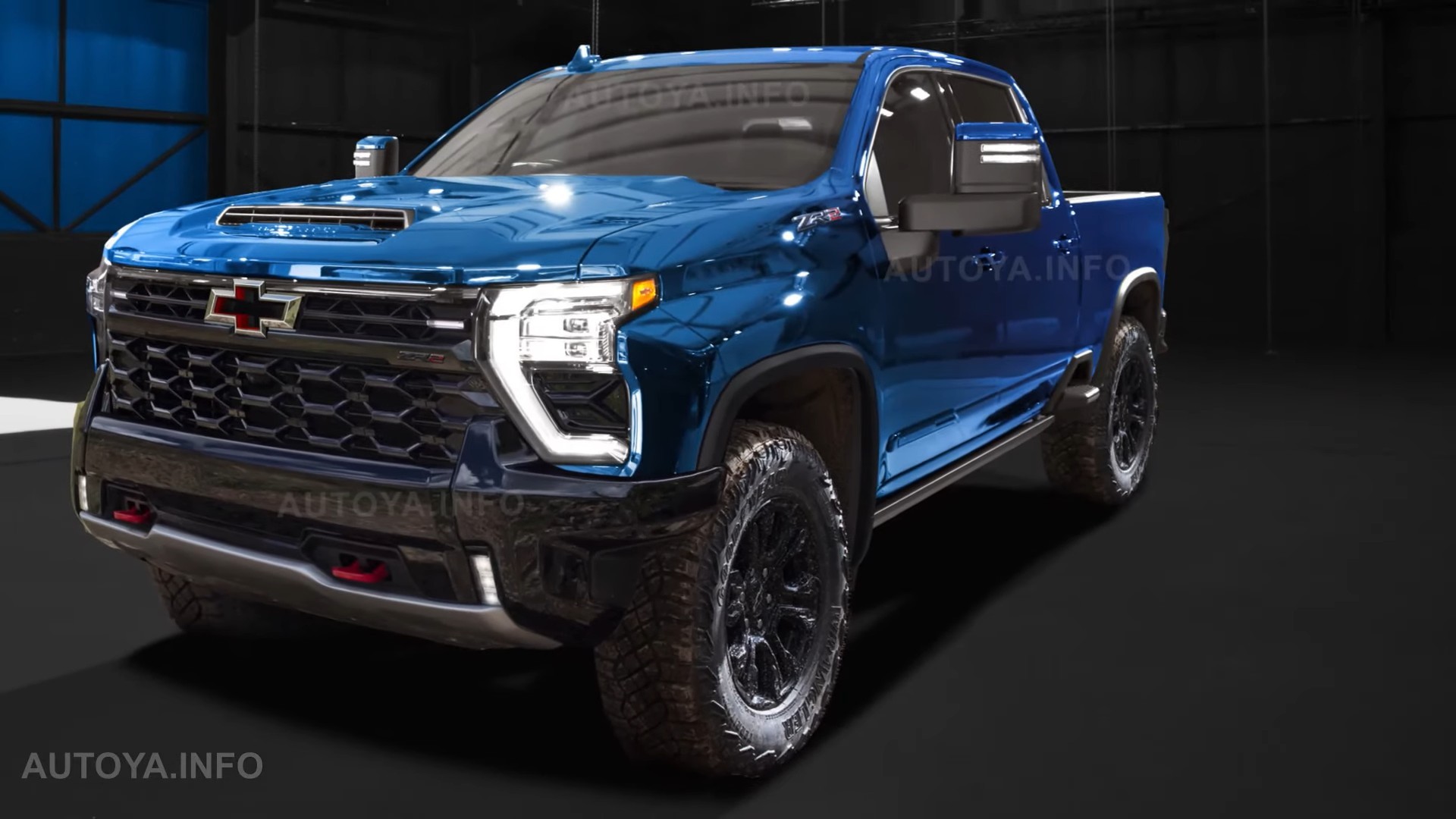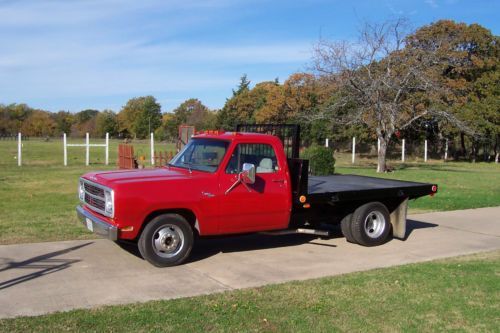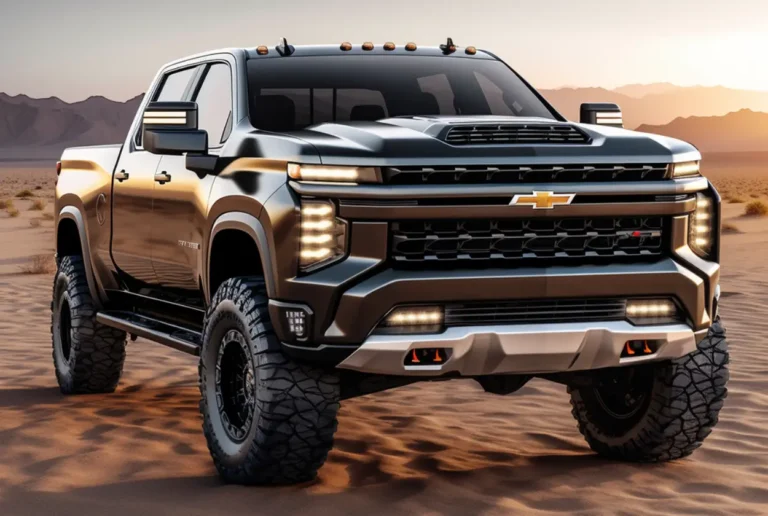Chevy Truck Cap Fit Chart: Your Ultimate Guide to Perfect Fitment
Chevy Truck Cap Fit Chart: Your Ultimate Guide to Perfect Fitment cars.truckstrend.com
For many Chevy truck owners, a truck cap (also known as a camper shell or truck topper) is an indispensable accessory. It transforms the open bed into a secure, weather-protected storage area, expanding utility for everything from hauling tools and equipment to camping gear, or even creating a mobile workspace. However, the success of this transformation hinges entirely on one critical factor: a perfect fit. This is where the Chevy Truck Cap Fit Chart becomes your most valuable tool.
A Chevy Truck Cap Fit Chart is not just a list; it’s a comprehensive compatibility guide that meticulously matches specific truck cap models and dimensions to various Chevrolet truck models, years, and bed configurations. Navigating the myriad of Chevy Silverado, Colorado, and older C/K series variations, each with its unique bed length, width, and cab height, can be daunting. The fit chart simplifies this complexity, ensuring that the cap you invest in will seamlessly integrate with your truck, providing optimal protection, aesthetic appeal, and functionality without gaps, leaks, or aesthetic mismatches.
Chevy Truck Cap Fit Chart: Your Ultimate Guide to Perfect Fitment
Understanding the Anatomy of a Truck Cap Fit
Before diving into the chart itself, it’s crucial to understand the fundamental dimensions that dictate a cap’s fit. A perfect fit is not merely about the cap sitting on the bed rails; it’s about a snug, weather-tight seal that aligns perfectly with your truck’s lines.
- Bed Length: This is the most critical dimension. Truck beds come in various standard lengths (e.g., 5’8", 6’6", 8′ for Silverados; 5’2", 6’2" for Colorados). Measuring accurately from the inside front of the bed to the inside rear of the tailgate (with the tailgate closed) along the top rail is essential.
- Bed Width: While less variable than length, width at both the cab end and the tailgate end can differ slightly between models and generations. Caps are designed to follow these contours precisely.
- Cab Height & Rail Height: Caps are typically designed to be "cab-high" (flush with the top of the truck cab) or "high-rise" (extending above the cab). The height of your truck’s bed rails relative to the cab also influences the cap’s overall profile and seal.
- Tailgate Design: Modern tailgates, especially those with integrated steps or multi-functionality, can impact the cap’s rear door design and latching mechanism. A proper fit ensures the cap’s rear glass clears the tailgate when opened and closes securely.
- Bed Rail Caps & Liners: Aftermarket bed rail caps or spray-in liners typically don’t affect the cap’s fit, but over-the-rail bed liners can sometimes interfere with clamping systems, requiring minor adjustments or specific cap designs.
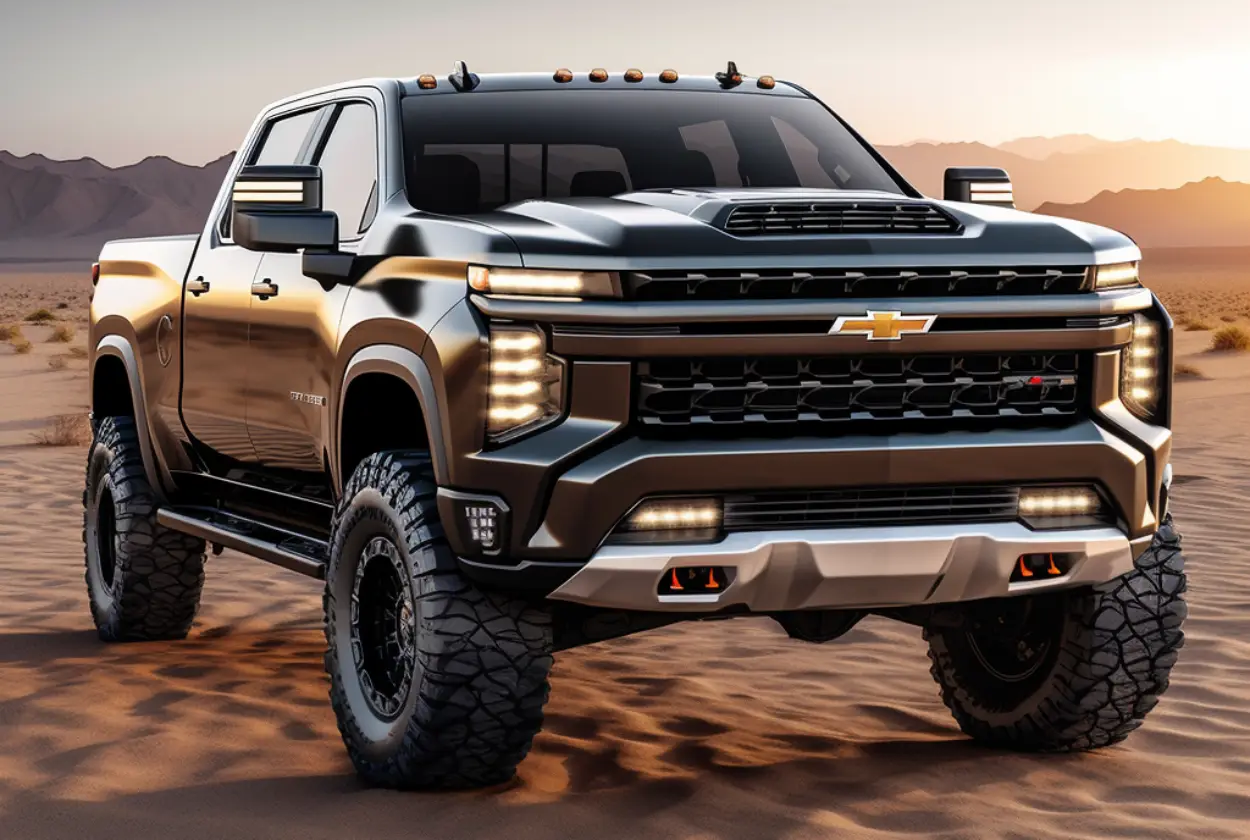
These dimensions are the backbone of any reliable fit chart, guiding manufacturers in designing caps that look and perform as if they were factory-installed.
The Core: How a Chevy Truck Cap Fit Chart Works
A Chevy Truck Cap Fit Chart is essentially a cross-reference database. It takes the guesswork out of purchasing. Here’s how it typically functions and what information you’ll find:
- Year, Make, Model: This is the primary identifier. You’ll locate your truck’s specific year (e.g., 2023), make (Chevrolet), and model (e.g., Silverado 1500, Colorado).
- Cab Type: Charts often specify Regular Cab, Extended Cab (Double Cab), or Crew Cab, as the bed lengths available can vary with each.
- Bed Length: Crucially, the chart will list the compatible bed lengths for your truck model. This is where your precise measurement comes in handy.
- Cap Series/Model: Once your truck’s specifics are identified, the chart will direct you to the exact cap series or model number that is designed to fit. For example, an ARE MX Series might fit a 2020 Silverado Crew Cab with a 5’8" bed, while an ARE Z-Series fits the same truck but offers different features or aesthetics.
- Notes/Special Considerations: Some charts include important notes about specific trim levels, bed liner compatibility, or unique design elements that might affect the fit.
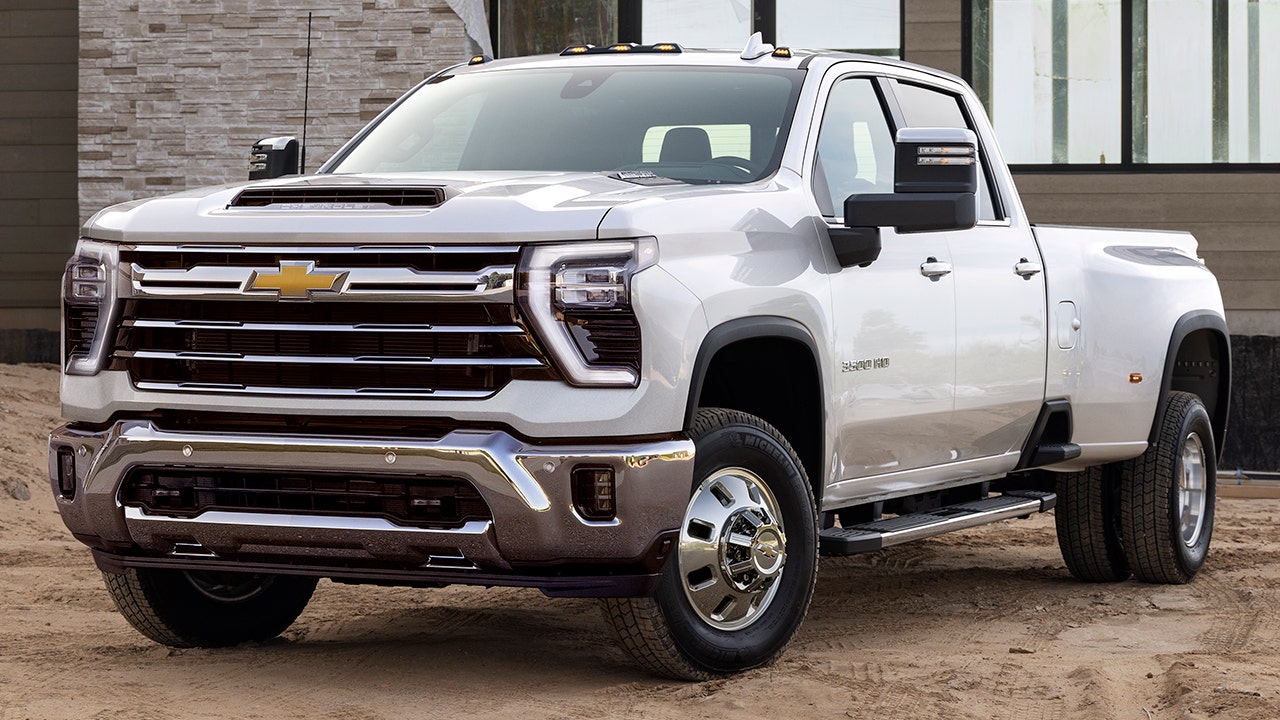

You can typically find these charts on the websites of major truck cap manufacturers (e.g., ARE, Leer, SnugTop, Century), through authorized dealers, or even on reputable aftermarket accessory sites. Always use the most up-to-date chart available, as truck designs evolve annually.
Measuring Your Chevy for a Perfect Cap Fit (How-to Guide)
While a fit chart provides the cross-reference, your accurate measurements are the key to unlocking its utility.
- Empty Your Bed: Remove any cargo, tools, or bed liners that might obstruct your measurements.
- Close Tailgate: Ensure your tailgate is fully closed and latched.
- Measure Bed Length:
- Using a sturdy tape measure, measure from the inside edge of the front bulkhead (the wall closest to the cab) to the inside edge of the top of the tailgate.
- Measure along the top rail, not the floor of the bed.
- Take the measurement from the driver’s side and then the passenger’s side to ensure consistency. Round to the nearest inch or half-inch. Common Chevy bed lengths are usually 5’2", 5’8", 6’2", 6’6", or 8′.
- Measure Bed Width (Optional but Recommended):
- Measure the inside width of the bed at the widest point (usually near the tailgate).
- Measure the inside width of the bed near the cab.
- While caps are generally designed for standard widths, these measurements can help confirm specific models, especially for older or less common trucks.
- Note Cab Type and Model Year: Double-check your truck’s official model year and cab configuration (Regular, Extended/Double, Crew Cab) from your registration or VIN. These details are crucial for the chart.
Pro Tip: When in doubt, take photos of your measurements and your truck’s bed, especially if you have an older model or unique features. This information can be invaluable when consulting with a dealer or manufacturer.
Key Considerations Beyond Just Fitment
A perfect fit is foundational, but several other factors will influence your satisfaction with a truck cap:
- Material:
- Fiberglass: Most popular, offers sleek, paint-matchable finishes, good insulation, and durability.
- Aluminum: Lighter, more utilitarian, often favored for commercial use due to strength and cost-effectiveness.
- ABS Plastic: Less common, lighter than fiberglass, often used for entry-level or specialty caps.
- Features: Modern caps offer a vast array of options:
- Windows: Sliding, pop-out, tinted, screened, dog-friendly.
- Doors: Side access doors (great for toolboxes), remote locking, power rear doors.
- Interior: Carpeted headliners (reduces condensation, looks finished), LED lighting, clothes hangers.
- Exterior: Roof racks (for bikes, kayaks, ladders), spoiler-style designs.
- Power & Connectivity: 12V outlets, USB charging ports.
- Style:
- Cab-High: Most common, aligns with the truck’s cab roofline for a sleek, integrated look.
- High-Rise: Offers maximum interior cargo volume, often preferred for camping or commercial use.
- Wedge/Mid-Rise: A compromise between cab-high and high-rise, providing extra space without being overly tall.
- Paint Matching: For fiberglass caps, professional paint matching using your truck’s OEM paint code ensures a factory-like finish.
- Installation: While many caps can be DIY installed with clamps, professional installation ensures a proper seal, correct wiring for lights/locks, and avoids potential damage.
- Weight Capacity: If you plan to add a roof rack, check the cap’s dynamic and static weight ratings to ensure it can handle your gear.
Types of Chevy Trucks and Their Fitment Nuances
Chevrolet has a long and varied history of truck production, each generation and model presenting its own fitment characteristics:
- Chevy Silverado (1500, 2500HD, 3500HD):
- The Silverado is Chevy’s flagship full-size truck. Generations typically change every 5-7 years, often introducing subtle bed dimension tweaks.
- 1500: Offers the most common bed lengths (e.g., 5’8", 6’6", 8′). Fitment is usually straightforward with the correct year and bed length.
- 2500HD/3500HD: These heavy-duty trucks often share bed dimensions with their 1500 counterparts within the same generation but can have stronger frame mounts for caps, and sometimes different rail profiles. Always confirm HD-specific fitment.
- Chevy Colorado/GMC Canyon:
- Chevy’s mid-size truck, redesigned in recent years. Their beds are shorter and narrower than Silverados (e.g., 5’2", 6’2").
- Fitment charts for these models are distinct, reflecting their smaller footprint and unique cab-to-bed relationships.
- Older Chevy Models (C/K Series, S-10, etc.):
- Finding new caps for vintage or discontinued models can be challenging. Fit charts for these trucks will be older, and availability might be limited to used caps or custom fabrication.
- Bed dimensions on these older trucks can be less standardized than modern ones, making precise measurement even more critical.
Always verify the exact model year, as even mid-cycle refreshes can sometimes alter bed dimensions enough to affect cap compatibility.
Troubleshooting Common Fitment Challenges
Even with the perfect chart, minor issues can arise. Here’s how to address them:
- Gaps Between Cap and Bed Rails:
- Cause: Slight manufacturing variances, uneven bed rails, or improper clamping.
- Solution: Ensure clamps are tightened evenly. Apply additional weather stripping (closed-cell foam tape) along the bed rails for a tighter seal. Professional installers can often shim uneven areas.
- Tailgate Interference:
- Cause: The cap’s rear door or frame hitting the tailgate when opening/closing.
- Solution: Confirm the cap is pushed fully forward against the front bulkhead. Some cap designs are specifically made for multi-function tailgates. A tailgate seal kit can sometimes provide the necessary clearance.
- Water Leaks:
- Cause: Improper sealing, worn weather stripping, gaps in the bed rail caps, or poor drainage.
- Solution: Inspect all seals, especially at the corners and where the cap meets the bulkhead. Re-apply silicone sealant in problem areas. Ensure the cap’s clamps are sufficiently tight. Consider adding a tailgate seal for the bottom gap.
- Misalignment (Cap sits crooked):
- Cause: Uneven installation, truck bed torsion, or a slightly warped cap frame.
- Solution: Loosen all clamps and re-center the cap. Tighten clamps incrementally and evenly, checking alignment as you go. Professional installation is recommended if persistent.
Representative Chevy Truck Cap Price Chart (Estimated)
Please note: Prices are highly variable based on manufacturer, specific features, material costs, region, and installation fees. This table provides a general estimate for new caps.
| Cap Type | Material | Key Features (Examples) | Estimated Price Range (USD) |
|---|---|---|---|
| Cab-High | Fiberglass | Basic windows, single handle, interior light | $1,800 – $2,800 |
| Fiberglass | Sliding windows, carpeted headliner, LED, roof rack | $2,800 – $4,000+ | |
| Aluminum | Basic, unpainted, rear door, no windows | $1,200 – $2,000 | |
| Aluminum | Side access doors, toolboxes, ladder rack, heavy-duty | $2,500 – $4,500+ | |
| High-Rise | Fiberglass | Basic windows, interior light, max cargo volume | $2,000 – $3,000 |
| Fiberglass | Sliding windows, carpeted, LED, vent fan, roof rack | $3,000 – $4,500+ | |
| Aluminum | Basic, unpainted, commercial grade | $1,500 – $2,500 | |
| Aluminum | Custom shelving, multiple access points, reinforced | $3,000 – $5,000+ | |
| Commercial | Aluminum/FRP | Heavy-duty, multiple compartments, ladder racks | $3,500 – $7,000+ |
| Fiberglass | Contractor grade, secure storage, often color-matched | $3,000 – $6,000+ |
Note: These prices typically do not include installation fees (which can range from $100-$300) or freight charges if shipped.
Frequently Asked Questions (FAQ) About Chevy Truck Cap Fit Charts
Q1: Why is a Chevy Truck Cap Fit Chart so important?
A1: It’s crucial because truck bed dimensions, cab heights, and rail designs vary significantly between Chevy models, years, and even trim levels. A fit chart ensures you purchase a cap specifically designed for your truck, guaranteeing a proper, weather-tight seal, aesthetic alignment, and secure attachment. Without it, you risk buying an ill-fitting, leaky, or unstable cap.
Q2: Can I use a truck cap from a different make/model truck on my Chevy?
A2: Generally, no. While some caps might appear similar, slight differences in bed length, width, rail contours, and cab height make cross-brand or cross-model compatibility highly unlikely for a proper fit. It’s always best to stick to caps designed specifically for your Chevy’s year and model.
Q3: How do I accurately measure my truck bed for a cap?
A3: With your tailgate closed, measure the inside length of your truck bed along the top rail from the front bulkhead (cab end) to the inside edge of the tailgate. Measure twice for accuracy. Also, note your truck’s exact year, model, and cab configuration (e.g., Crew Cab, Extended Cab).
Q4: Do truck caps affect fuel economy?
A4: The impact on fuel economy is often negligible or even slightly positive. While a cap adds weight, it also improves aerodynamics by smoothing the airflow over the bed, reducing drag caused by the open tailgate or turbulent air. Many owners report no noticeable change or a slight improvement.
Q5: Can I install a truck cap myself, or should I get it professionally installed?
A5: Many caps come with DIY installation instructions and clamp systems. If you’re comfortable with basic tools and lifting heavy objects, you can often install it yourself. However, professional installation ensures proper sealing, electrical wiring for interior lights/brake lights, and correct alignment, often coming with a warranty on the installation.
Q6: How do I prevent water leaks with my new truck cap?
A6: Ensure the cap is properly seated and clamped evenly. Apply weather stripping (often included or sold separately) along the bed rails and especially at the front bulkhead corners. Check the condition of your truck’s plastic bed rail caps; sometimes, water can seep under them. A tailgate seal kit is also highly recommended for the gap between the tailgate and the bed floor.
Q7: What’s the difference between a "cab-high" and a "high-rise" truck cap?
A7: A cab-high cap is designed to be flush with the top of your truck’s cab, offering a sleek, integrated look. A high-rise (or wedge) cap extends above the cab, providing significantly more interior cargo volume, which is ideal for camping, carrying taller items, or commercial use.
Conclusion
The Chevy Truck Cap Fit Chart is more than just a table of numbers; it’s the gateway to maximizing your Chevy truck’s utility and appearance. By diligently consulting the appropriate chart, precisely measuring your truck, and considering the features that align with your needs, you ensure a seamless integration that protects your cargo, enhances your vehicle’s functionality, and maintains its aesthetic appeal. Investing the time in research and accurate measurement will pay dividends in long-term satisfaction, transforming your Chevy from a simple pickup into a versatile, all-weather workhorse or adventure companion. A perfectly fitted cap is not just an accessory; it’s an extension of your truck’s capability.
